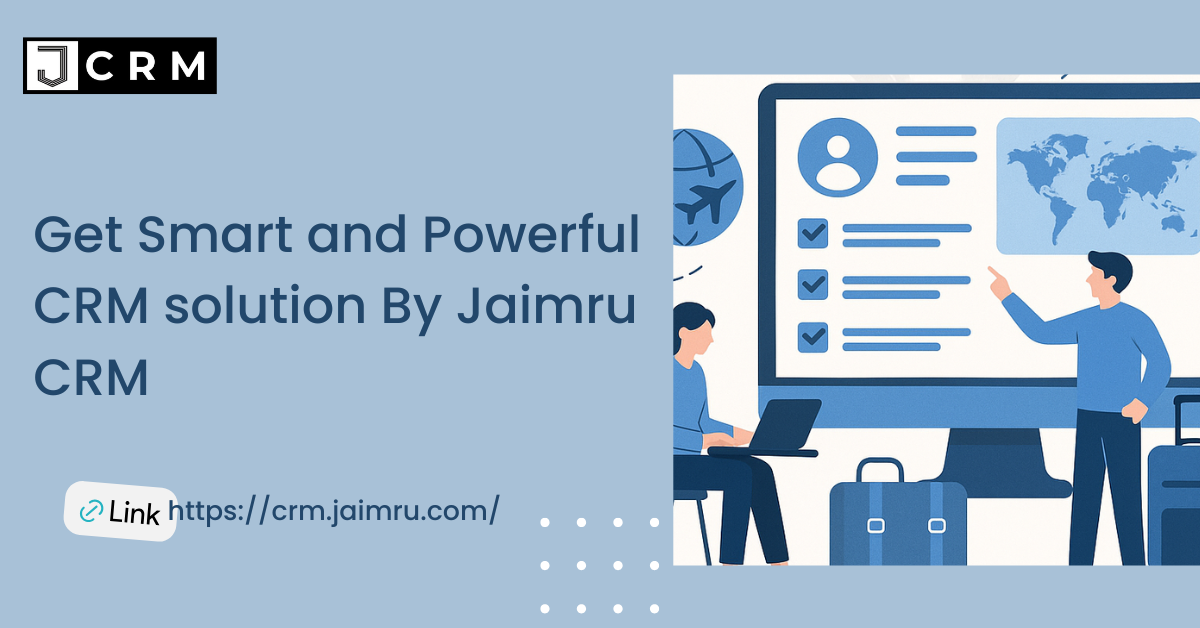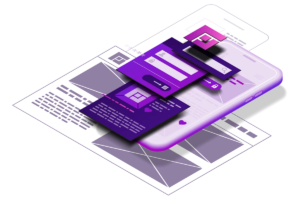Why Site Speed and Core Web Vitals Matter for eCommerce SEO
In the fast-moving world of online shopping, speed matters more than ever. If your eCommerce site is slow or clunky, visitors won’t wait—they’ll leave and buy from a faster competitor. In 2025, site speed and Core Web Vitals are key ranking factors for search engines like Google, and they directly affect your conversions.
At Impressico Digital, we help eCommerce businesses optimize for speed and performance so they can rank higher, sell more, and deliver better user experiences. In this article, we’ll explain why site speed and Core Web Vitals matter for eCommerce SEO Services Company, and how you can improve them for lasting success.
What Is Site Speed and Why Is It Important?
Site speed refers to how quickly your website loads and responds to user interactions. This includes how fast your homepage loads, how long it takes for a product page to become clickable, and how smoothly users can scroll or add items to their cart.
Why Site Speed Affects eCommerce SEO:
- Higher Bounce Rates: Slow-loading websites lead to visitors leaving quickly.
- Lower Google Rankings: Google rewards fast sites with higher SEO rankings.
- Poor User Experience: Shoppers want instant access. A slow site means lost sales.
- Reduced Mobile Performance: Mobile users expect even faster load times than desktop users.
What Are Core Web Vitals?
Core Web Vitals are a set of specific factors Google uses to measure the quality of a web page’s user experience. These metrics are part of Google’s Page Experience update, and they directly impact how your website ranks in search results.
The three main Core Web Vitals are:
1. Largest Contentful Paint (LCP)
Measures how fast the main content of a page loads.
Goal: Less than 2.5 seconds.
2. First Input Delay (FID)
Measures the time from when a user first interacts with your site (clicks a button, etc.) to when the browser responds.
Goal: Less than 100 milliseconds.
3. Cumulative Layout Shift (CLS)
Measures how much the page layout shifts unexpectedly while loading.
Goal: A score of less than 0.1.
Why Core Web Vitals Matter for eCommerce Sites
1. Better User Experience = More Sales
Online shoppers expect a fast and smooth browsing experience. If your product images take too long to load or buttons lag, they’re more likely to leave without buying. A good Core Web Vitals score ensures users have a seamless experience across devices.
2. Core Web Vitals Are Google Ranking Factors
In 2025, Google continues to use Core Web Vitals as SEO ranking signals. This means if your eCommerce site performs poorly on these metrics, it can drop in search rankings—even if your content is great.
3. Higher Conversion Rates
Studies show that improving load times by just one second can boost conversions by up to 7%. For an online store, that can mean thousands of dollars in lost or gained revenue, depending on how fast your site loads.
How to Improve Site Speed and Core Web Vitals for eCommerce SEO
Here are proven strategies to enhance your site’s performance and SEO rankings:
1. Use a Lightweight Theme and Clean Code
Heavy themes slow down your site. Choose a lightweight, responsive theme designed for eCommerce. Clean, well-structured code also helps reduce loading times.
2. Optimize Product Images
Images are often the largest files on a product page. To speed things up:
- Compress images without losing quality (use tools like TinyPNG or ShortPixel).
- Use next-gen formats like WebP.
- Serve images in proper sizes based on the user’s screen.
3. Enable Browser Caching and Content Delivery Network (CDN)
A CDN helps deliver content faster by using servers closest to your customer’s location. Browser caching lets returning users load your site faster by saving static files.
4. Minimize JavaScript and CSS
Too much JavaScript or CSS can delay page loading. Use tools like:
- Minify your CSS/JS files to reduce file size.
- Load scripts asynchronously so they don’t block other elements.
- Remove unused code or third-party plugins that slow you down.
5. Improve Server Response Time
Choose a high-performance hosting provider, especially for large eCommerce platforms like Magento or WooCommerce. Faster servers mean faster site speed.
6. Optimize Mobile Performance
Since most eCommerce shoppers browse and buy from their phones, mobile speed is crucial. Use responsive design, avoid large pop-ups, and test mobile speed regularly.
7. Monitor Core Web Vitals with Tools
Tools to track and improve performance:
- Google PageSpeed Insights
- Lighthouse
- GTmetrix
- Search Console Core Web Vitals Report
Real-World Results: How Impressico Digital Helps Clients Improve SEO
At Impressico Digital, we recently worked with an online clothing store using Shopify. The store had:
- An LCP of 4.2 seconds
- A slow mobile experience
- Low rankings for competitive keywords
After optimizing their site speed and Core Web Vitals, we achieved:
- LCP reduced to 1.9 seconds
- Mobile speed increased by 55%
- Organic traffic increased by 47%
- Conversion rate improved by 22%
This transformation not only boosted rankings but also increased sales dramatically.
Common Mistakes That Hurt Site Speed
Avoid these speed-killers on your eCommerce site:
- Using too many plugins or third-party tracking scripts
- Hosting large image or video files on your server
- Not optimizing for mobile devices
- Poor hosting or shared servers
- Ignoring technical SEO audits
Conclusion: Make Site Speed Your SEO Advantage
Site speed and Core Web Vitals aren’t just technical jargon—they directly affect your eCommerce SEO and sales. In 2025, a fast, mobile-friendly, and user-focused website is no longer optional; it’s expected.
By optimizing your website for speed and performance, you not only improve rankings but also create a better shopping experience that turns visitors into customers.
For more information, visit our website.













